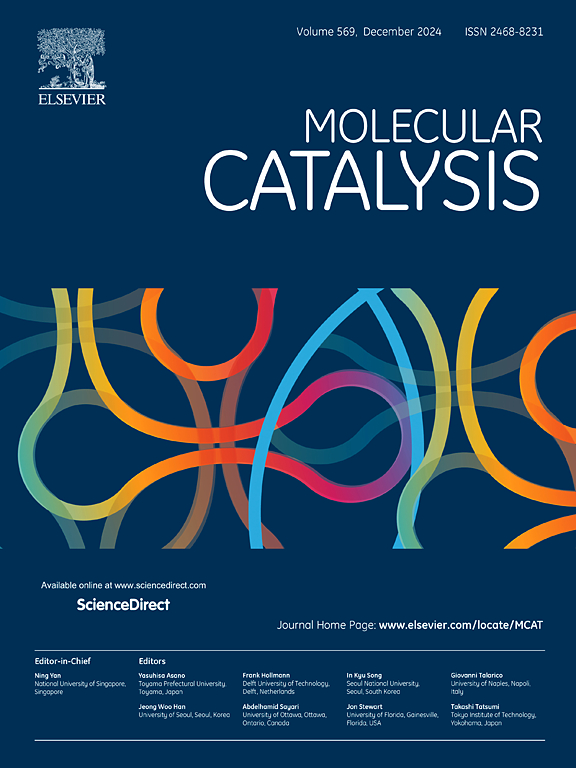Enhanced silicone coatings via rapid photocatalytic hydrosilylation using a platinum complex and ITX photosensitizer
IF 3.9
2区 化学
Q2 CHEMISTRY, PHYSICAL
引用次数: 0
Abstract
The conventional thermocatalytic hydrosilylation method for the synthesis of organosilicon coatings suffers from high temperature and long reaction time, which hinders its wide application. Photocatalytic hydrosilylation, offering faster reactions at room temperatures, presents a compelling alternative, but demands innovative catalyst design. This work describes a novel approach centered on an easily synthesized platinum complex with 1,5-cyclooctadiene (COD) as a ligand. The platinum complex was employed as a photocatalyst within a synergistic system involving amino acids and a photosensitizer. This multicomponent approach aims to optimize both the kinetics and the application potential of photocatalytic hydrosilylation. The results revealed that the platinum complex, when combined with amino acids and a photosensitizer, achieves remarkably high silane conversion rates. Although the complex itself has good photocatalytic activity, the photocatalytic process was greatly accelerated by the addition of isopropylthiophene (ITX) as a photosensitizer. Conversion reached an impressive 89 % within just 85 s, culminating in complete curing. Silicone coatings produced via this photocatalytic route demonstrate significantly enhanced mechanical properties and thermal stability compared to those synthesized without the photosensitizer. The platinum complex demonstrates great potential for photocatalytic hydrosilylation.

求助全文
约1分钟内获得全文
求助全文
来源期刊

Molecular Catalysis
Chemical Engineering-Process Chemistry and Technology
CiteScore
6.90
自引率
10.90%
发文量
700
审稿时长
40 days
期刊介绍:
Molecular Catalysis publishes full papers that are original, rigorous, and scholarly contributions examining the molecular and atomic aspects of catalytic activation and reaction mechanisms. The fields covered are:
Heterogeneous catalysis including immobilized molecular catalysts
Homogeneous catalysis including organocatalysis, organometallic catalysis and biocatalysis
Photo- and electrochemistry
Theoretical aspects of catalysis analyzed by computational methods
 求助内容:
求助内容: 应助结果提醒方式:
应助结果提醒方式:


